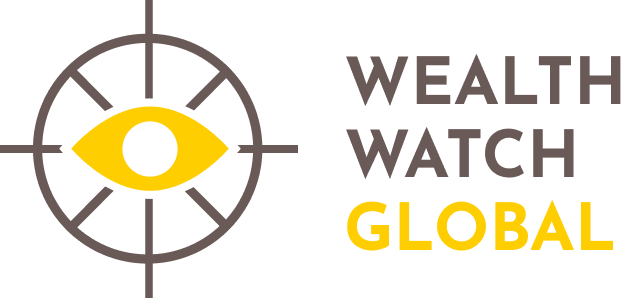By Sybille de La Hamaide
PARIS (Reuters) – A trade agreement between the European Union and Mercosur countries, which includes a significant section on agriculture, has triggered protests from EU farmers who argue farm imports from South America do not meet European standards.
The agreement dating from 2019 and published on the Commission website has yet to be adopted. It includes the establishment of import quotas of certain agricultural products from Mercosur countries, including Argentina, Brazil, Paraguay and Uruguay, either duty free or at reduced levy.
The agreement would also give EU farmers increased access to South American markets which could boost exports of products such as wine, cheese, milk powder and olive oil.
Below are the main EU import quotas included in the agreement, most of which to be phased in over six years, their share of the EU market and potential impact based on a study of the European Commission’s joint research center (JRC).
BEEF
Under the agreement, the EU will allow 99,000 metric tons of beef, including 55% of “fresh”, high quality beef, and 45% of “frozen” beef, to be phased-in over five years, with a 7.5% duty.
This represents 1.2% of the overall EU beef consumption of 8 million tons per year.
The EU currently imports about 200,000 tons of beef every year from Mercosur countries.
That total includes the so-called Hilton quota which allows Brazil and Argentina to each export up to 10,000 tonnes of beef, and 29,500 tonnes of prime beef cuts to the EU each year. The current 20% duty on that quota is due to be removed.
The beef trade deficit with Mercosur countries would rise to 1.4 billion euros by 2032 from 1.0 billion in 2023, the JRC said.
POULTRY
The free trade agreement would allow duty-free imports of 180,000 tons of poultry meat per year from Mercosur countries.
This represents 1.4 % of overall EU poultry consumption of 12.6 million tons forecast in 2024, EU data showed.
The four Mercosur countries together are already the EU’s leading suppliers of chicken meat. When taken separately, Brazil – the world’s largest poultry producer – is number one, followed by Ukraine.
The additional 180,000 tons represent a 20% increase in total quota volumes, which would bring the share of imports in EU consumption of poultry meat to 10%, French poultry producers said.
The poultry trade deficit with Mercosur countries would rise to about 865 million euros by 2032 from 600 million in 2023, the JRC said.
SUGAR
Under the agreement, Brazil will see the tariff removed on the existing quota for 180,000 tons of sugar for refining.
Paraguay would be granted a new duty-free quota of 10,000 tons.
The agreed amounts cover a volume accounting for 1% of EU sugar consumption, which is expected at 17.7 million tons in 2024, against a production of 16.6 million tons, EU data showed.
The sugar trade deficit with Mercosur countries would rise to about 330 million euros by 2032 from 223 million in 2023, the JRC said.
ETHANOL
Mercosur countries would be granted two different tariff-rate quotas for a total of 650,000 tons, or 8.2 million hectolitres.
The first one, of 450,000 tons, would be duty-free for biochemical uses while the second, of 200,000 tons would be at a reduced levy and for all uses, including fuel.
The total represents approximately 15% of EU production.
MAIZE
Quota of 1,000,000 tons of duty-free maize and sorghum imports from Mercosur countries to be phased in over five years.
However, the quota would not change the current situation since maize imports are already duty free. It would only make a difference if world prices were to collapse, triggering automatic import duties on other imports.
Brazil was the second-largest maize supplier to the EU after Ukraine, with 2.9 million tonnes imported in the EU last season.
SOYBEAN PRODUCTS
The agreement will also reduce or eliminate duties that Mercosur countries currently impose on exports to the EU of products such as soybean products to be used in animal feed.
Mercosur is already the largest soybean and soybean product supplier of the EU.

